Rack-mountable design: The frame can be mounted in a standard 19-inch equipment rack.
Size: The frame can come in different sizes, from 1U to 3U, depending on the number of fiber optic connections needed.
Capacity: The frame can support a varying number of fiber optic cables, ranging from 12 to 144 fibers or more, depending on the size of the frame.
Connector types: The frame can support different types of fiber optic connectors, such as LC, SC, ST, FC, and MTP/MPO.
Cable management: The frame includes cable management features such as cable guides, trays, and ties to organize and protect fiber optic cables.
Front and rear access: The frame can have front and/or rear access panels for easy access to the fiber optic connections.
Material: The frame is typically made of metal (such as steel or aluminum) for durability and protection.
Optional features: Some Rack-mount Fiber Optic Distribution Frames may include additional features such as splice trays, patch cords, and adapter plates.
Specification:
| Fiber Capacity | 12/24/48/72/96/144 cores | |
| Fiber Port | FC, SC, ST and LC | |
| Number of ODF trays | 12 for 1, 24 for 2, 48 for 4, 72 for 6, 96 for 8, and 144 for 12 | |
| Nominal operating wavelength | 850nm, 1310nm, 1550nm | |
| Return loss | PC ≥ 40dB, UPC ≥ 50dB, APC ≥ 60dB | |
| Working temperature | -10 °C ~ +40 °C | |
| Storage temperature | -25 ° C ~ +55 ° C | |
| Relative humidity | ≤ 85% (+30 ° C) | |
| Atmospheric pressure | 70Kpa~106Kpa | |
| Insertion loss | ≤ 0.5dB | |
| Electrical strength | ≥3KV(DC)/1min without breakdown | |
| Insulation resistance | ≥1000MΩ/500V (DC) | |
| Life | ≥1000 times | |
According to the structure, ODFs can mainly be divided into three types, namely Rack-mount ODF, Wall-mount ODF, and Cabinet-mount ODF.
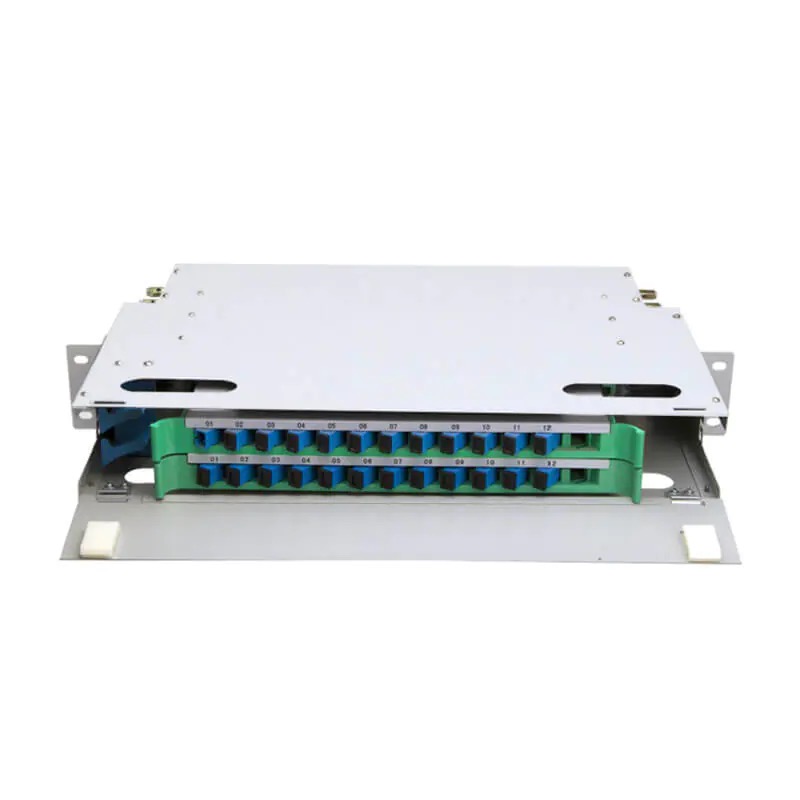

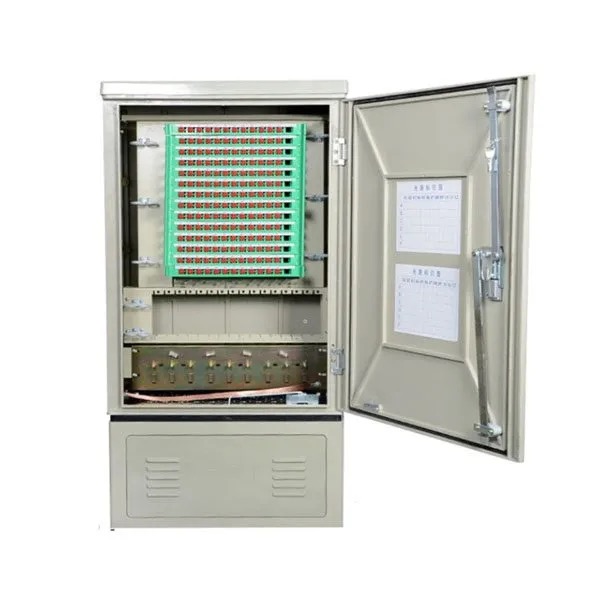
Step 1: You need to choose the integral splicing tray which with 12 fibers or 24 fibers, which can be flexibly installed into the Rack-mount ODF, and the fiber optic patch panel has already deployed the splice tray for the 19inch 1U size for 12 fiber or 24 fiber.
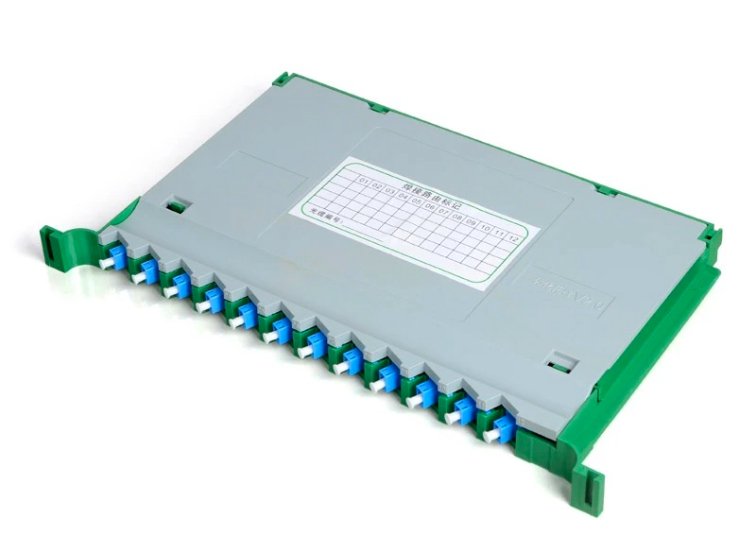
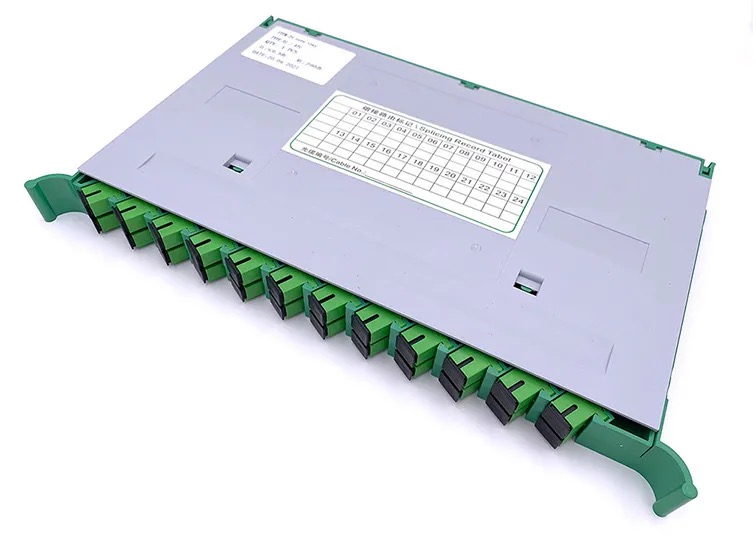
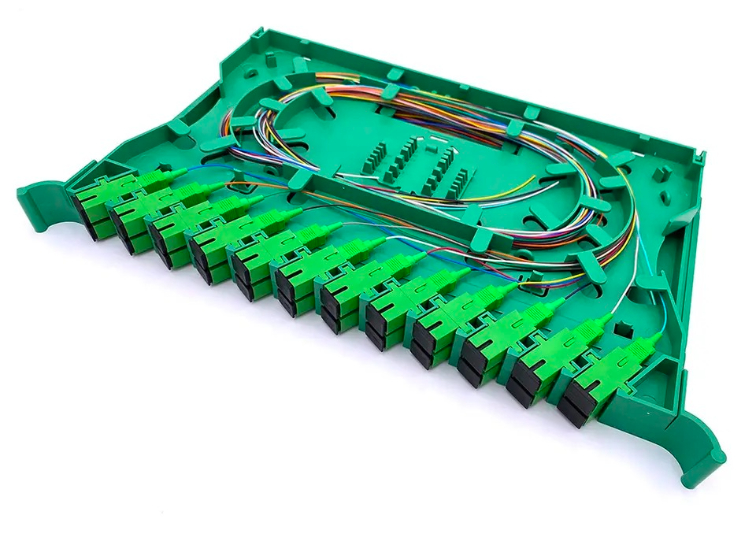
Step 2: Choose the correct connectors for the Splicing Tray, it supports LC/SC/ST/FC adapters which shows below.

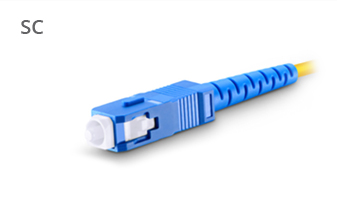
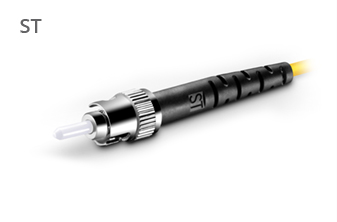

Step 3: Choose the polish type of connectors. There are two types of connector polish, UPC and APC.


Step 4: According to the number of fiber strands, Optic fiber patch cords with connectors can have two types of strands: simplex or duplex.
Choose which type of strands you will need, Simplex or Duplex?
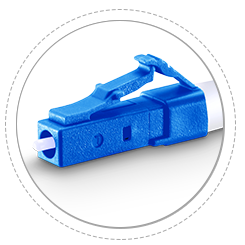
Simplex

Duplex
Step 5: According to the fiber count capacity, you can choose the fiber from 12 to 144 depending on your requirements. Also depending on the number of splicing trays.
Easy shop
Professional Seller
Excellent Quality
Global Shipping
Fast Delivery
We will contact you within 1 working day, please pay attention to the email with the suffix “@isp-home.com”.